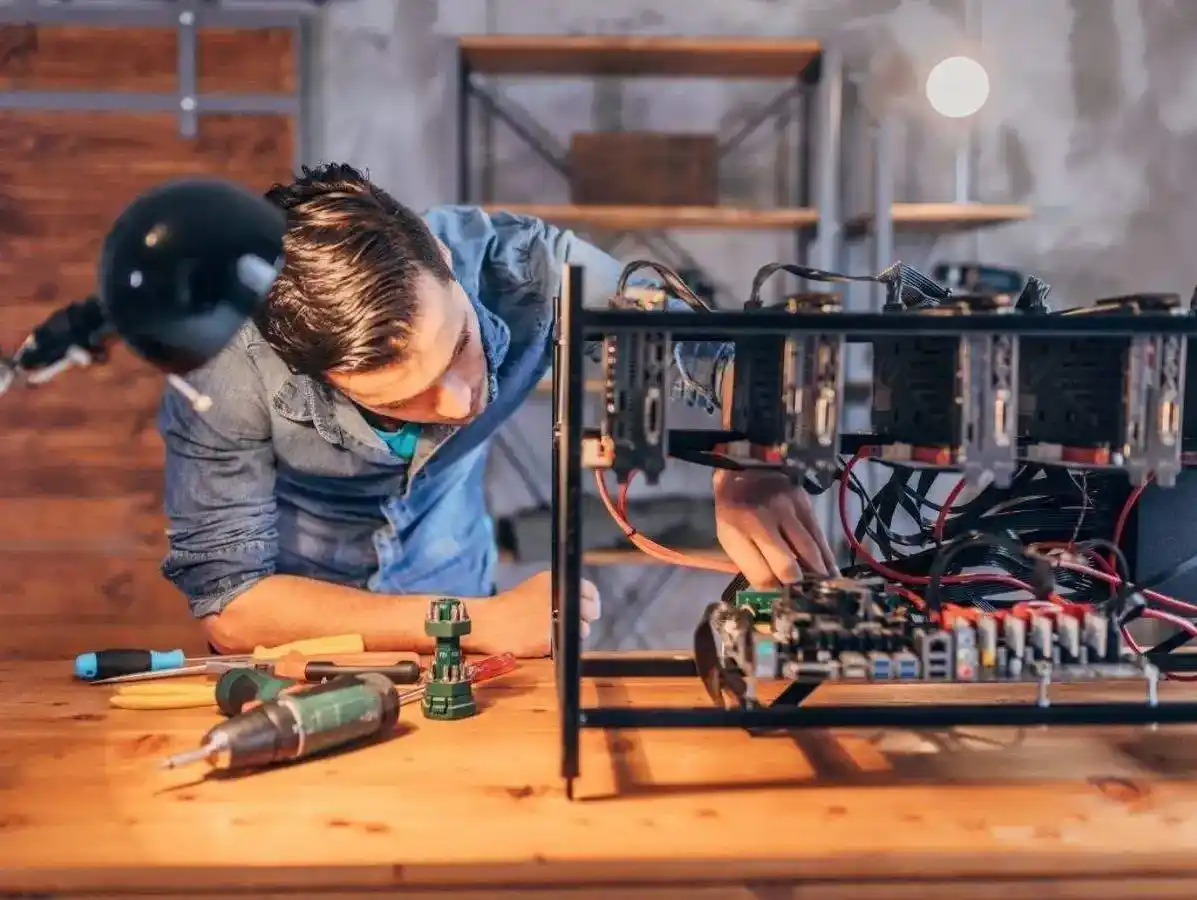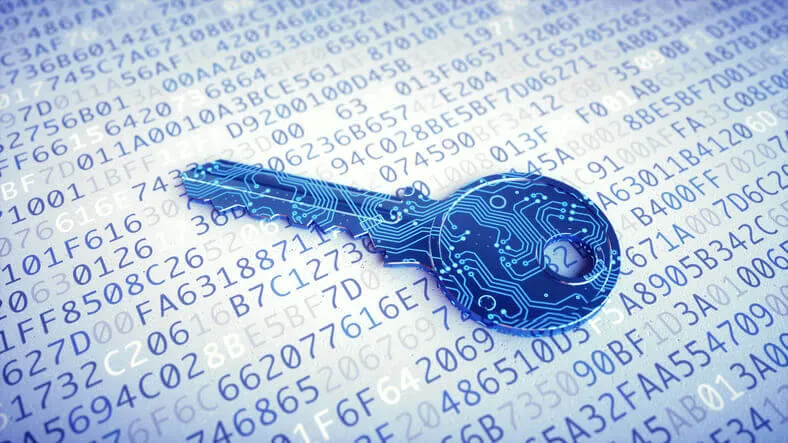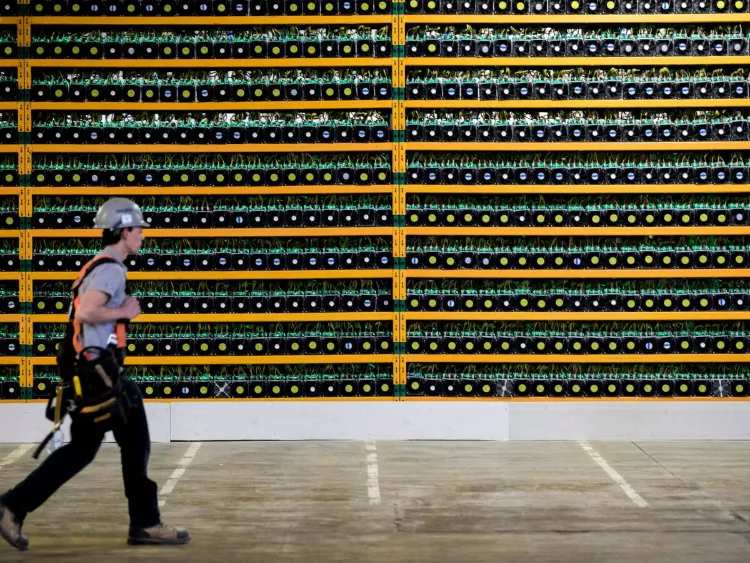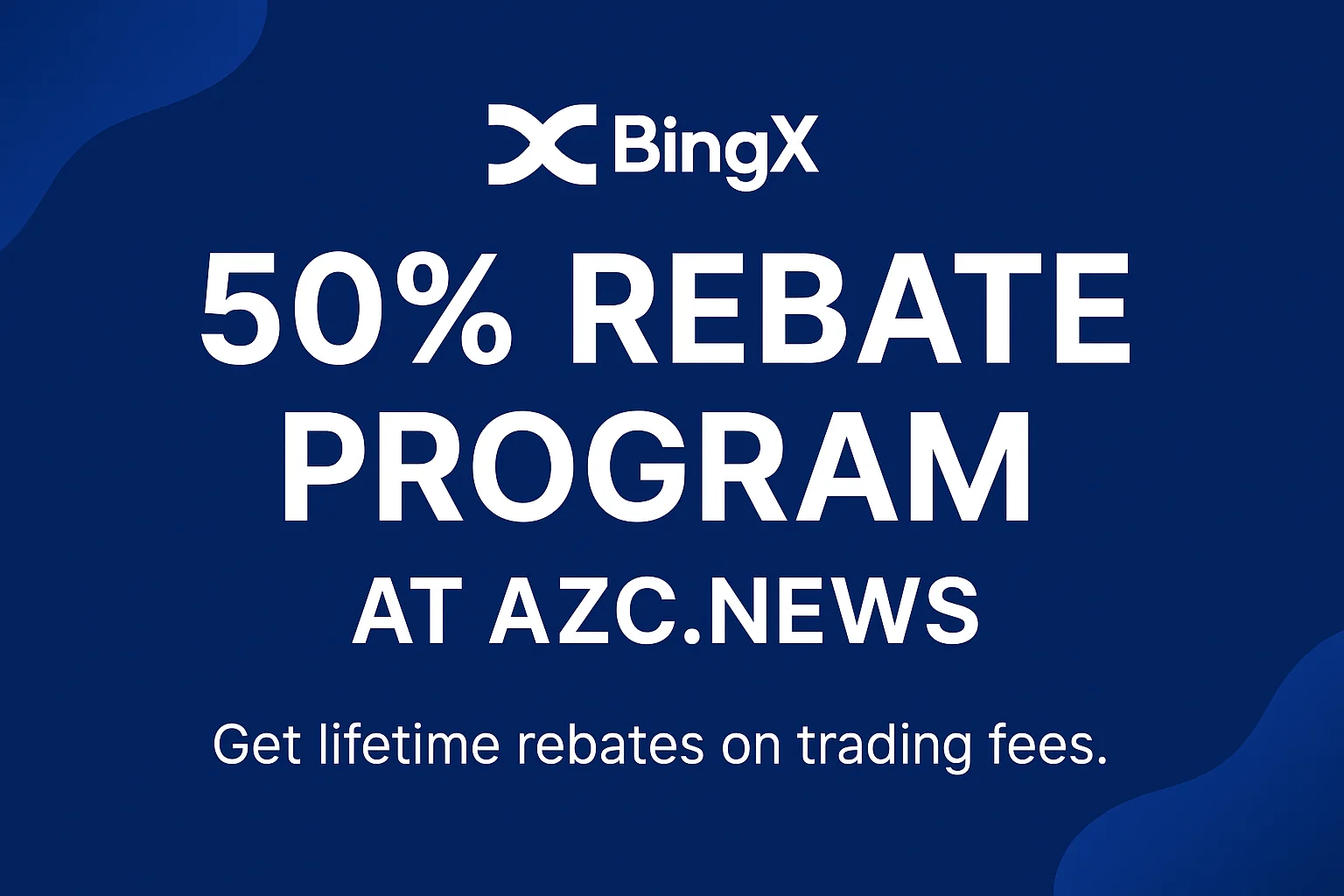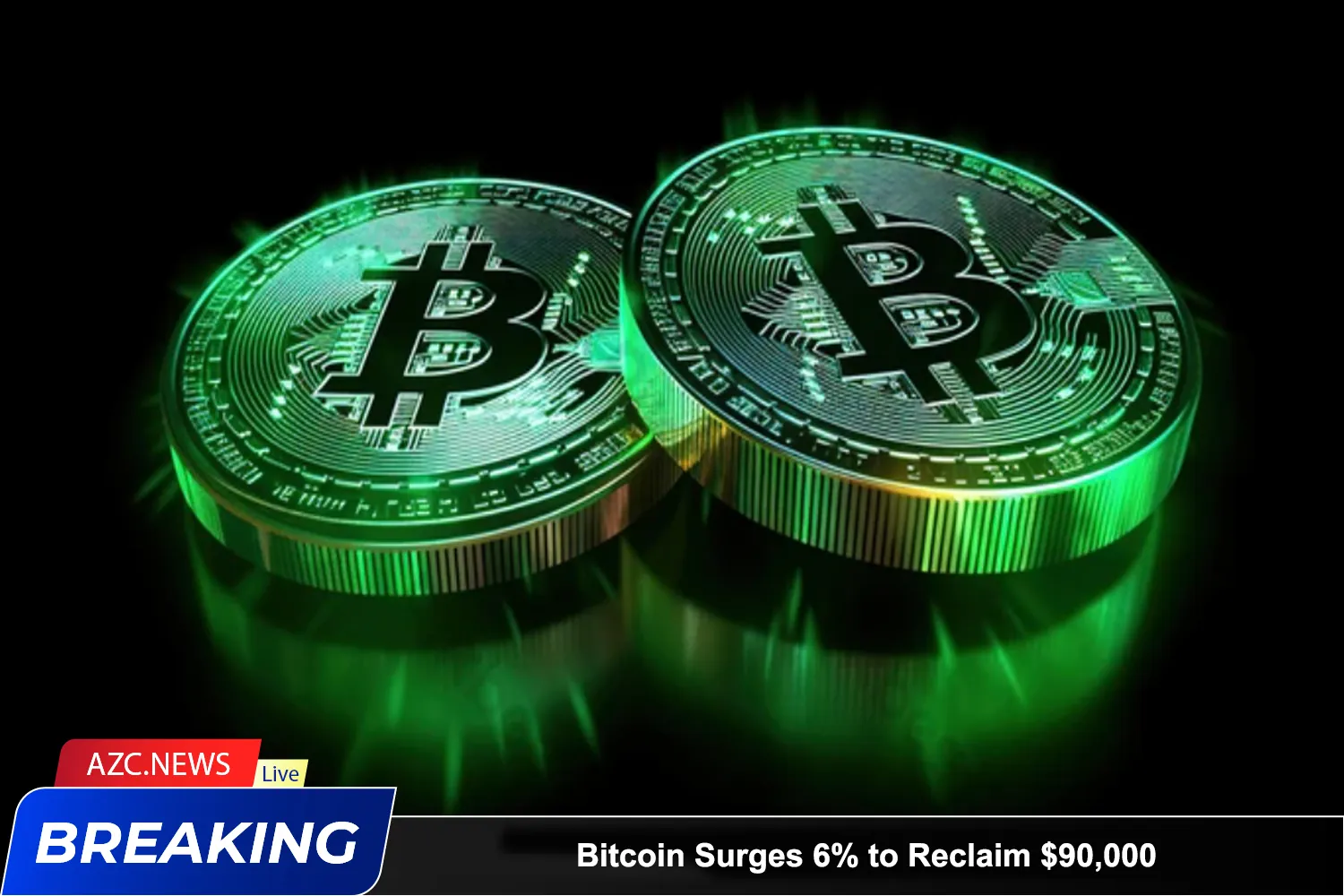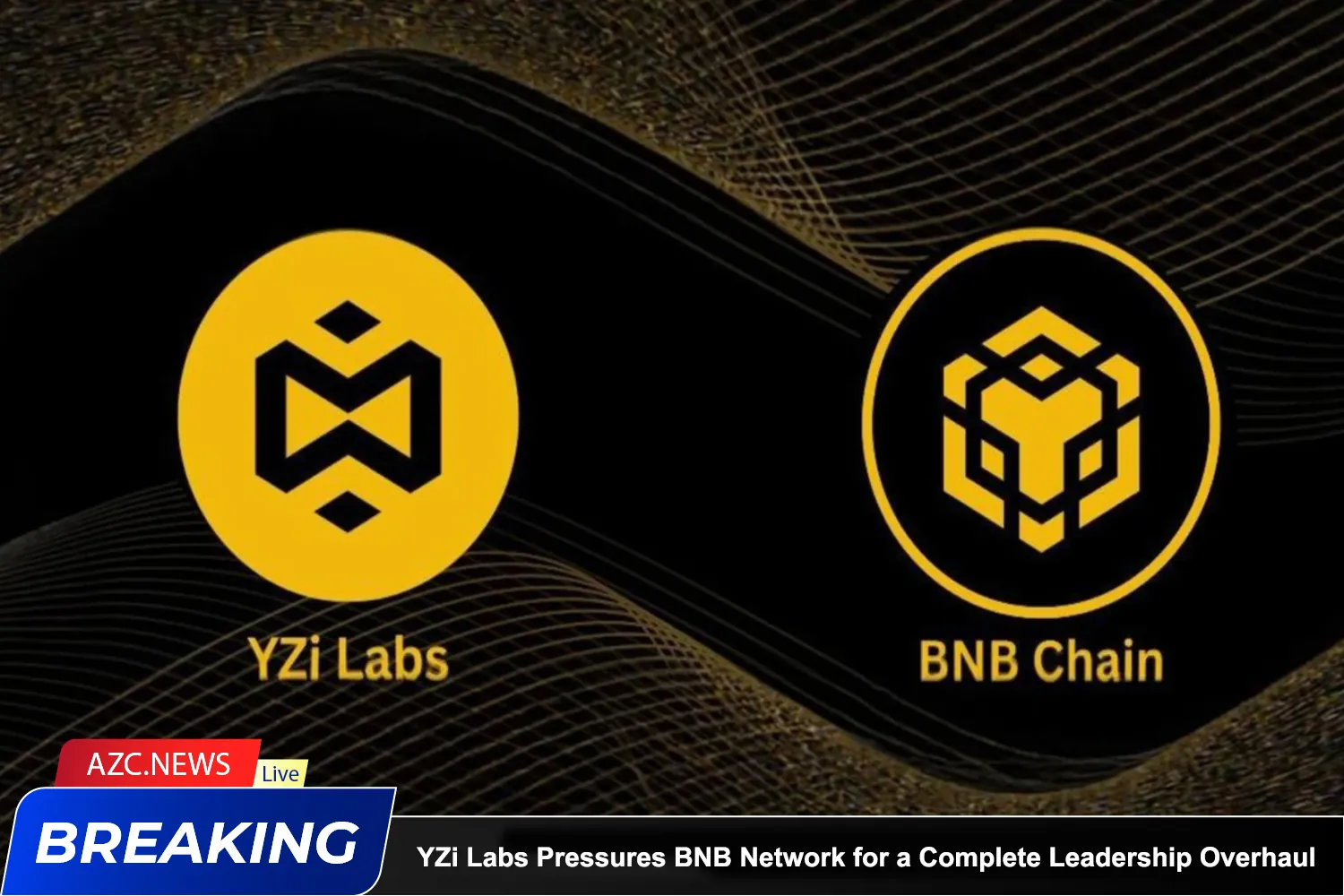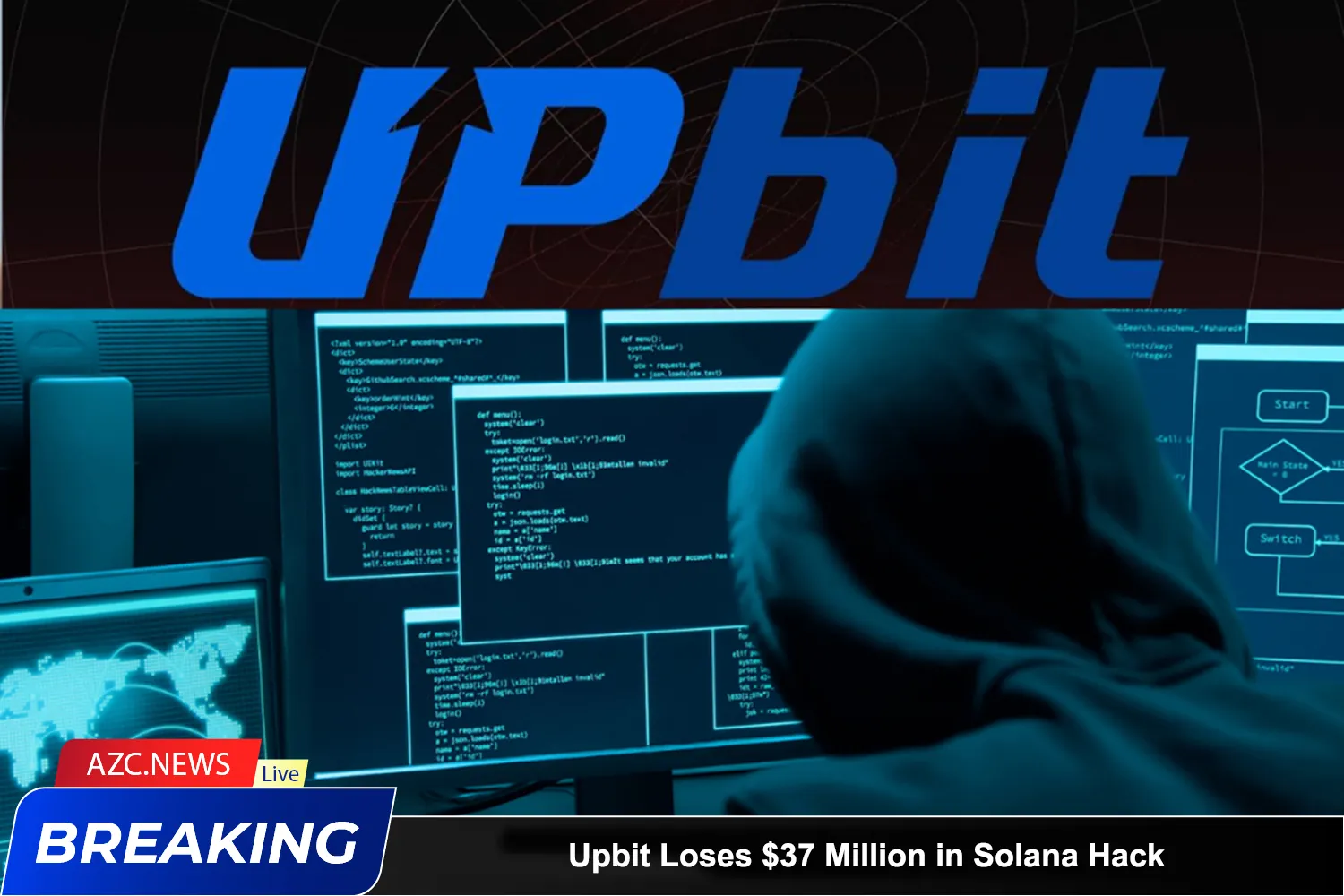Bitcoin mining is considered a traditional and also quite popular way to profit from the cryptocurrency market. Anyone can join the Bitcoin mining network. However, Bitcoin mining is like a business, you need to have a careful consideration of capital sources, investment methods, revenue and costs to achieve the goal of profit. If you are someone who is learning how to make money by mining bitcoin then do not miss our article.
What is Bitcoin mining?
Bitcoin mining is simply understood as the use of specialized mechanical devices to solve algorithms to process and confirm transactions on the Bitcoin network, this also creates new blocks (blocks) to add. into the blockchain. After doing this, the participants will be paid an amount of Bitcoin as remuneration.
Popular form of Bitcoin mining
There are two popular forms of Bitcoin mining on the market today:
Cloud Mining: A form of mining using cloud technology, through an intermediary unit. With this method, miners will register and sign a mining contract with an intermediary who sets up mining rigs and maintains their operation. Cloud Mining will be a reasonable choice for those who do not want to invest a lot in equipment, install software themselves to mine. However, the initial cost to own the contracts is quite high, users should learn carefully to avoid encountering less reputable organizations and units.
HardWare Mining: As a form of Bitcoin mining with hardware, miners are required to invest in necessary equipment and tools such as diggers, network systems, facilities, etc. With HardWare, users take the initiative in adjusting the volume, target and output. During the construction, completion and operation of the excavator system, the costs incurred are electricity, cash, maintenance, etc.
Why Bitcoin Mining?
There are two main reasons why a person or company would want to mine a cryptocurrency like bitcoin.
For a chance to earn bitcoin block rewards (as of August 2023, equivalent to 6.25 bitcoins – approximately $180,000). New blocks are discovered about every 10 minutes.
To participate in the security and maintenance of the decentralized Bitcoin network.
Read more: What is Bitcoin? Why was Bitcoin Created?
How does Bitcoin mining work?
In order to validate and add new transactions to the blockchain, miners must compete with each other using specialized computing equipment. They use their equipment to generate fixed-length codes known as “hashes” (see below.) In order to discover the next block, miners must generate a hash that has an equal or higher number of zeros in front of it than the “target hash.”
The target hash is a 64-digit hexadecimal code (comprising numbers 0-9 and letters A-F) all miners are trying to get below in order to discover the next block.
As a starting point, all miners take the data from the previous block, known as the “block header”– which contains things like a timestamp of the block, the hash of the previous block data, and an empty space known as a “cryptographic nonce.” Most of the data in the block header is fixed, meaning it cannot be changed, apart from the nonce. A nonce means “a number only used once” and is the part of the previous block header that miners are allowed to tweak. Remember, just changing a single bit of the input produces a totally different hash.
The tricky part is, hashes are generated completely at random, meaning it’s impossible for miners to know what the hashes will be before they generate them. So it’s simply a case of trial and error until someone finds the right nonce value – known as the “golden nonce.”
This is why miners have to invest in energy-intensive computers, particularly application-specific integrated circuit (ASIC) miners, that can generate trillions of hashes per second.
An easy way to think of bitcoin mining is to imagine each new block is a treasure chest with a combination lock on it. To get the free bitcoin block reward inside and win the right to add new transaction data into it (and collect the associated fees) you have to keep turning one of the number wheels on the lock (the nonce) until you crack the combination (the target hash.)
Here’s an example of what a target hash might look like:
0000000000000000057fcc708cf0130d95e27c5819203e9f967ac56e4df598ee
To see just how difficult it is to generate a hash with more zeros at the front than the above target hash, try creating a winning hash yourself with this free online hash generator. Simply type anything you want in the text box provided and see if it produces a hash with more than 17 zeros at the front!
What is a hash?
A hash is a cryptographic mathematical function that converts any message or data input into a fixed-length code. Think of it as an encryption technique where messages are mathematically transposed into a sequence of numbers and letters of a fixed length.
The outputs have set lengths to make it impossible to guess the size of the input. For instance, the hash for the word “hi” would be exactly the same length as the hash of the entire text of a Harry Potter book.
These hash functions are irreversible, meaning that it’s impossible to revert the hash back to its original input. The same input will also always generate the same sequence of letters and numbers. For example, the hash of “hi” will be the same code every time. Each code generated is completely unique too, meaning it’s impossible to produce the same hash with two different inputs.
In the case of Bitcoin, the blockchain uses Secure Hash Algorithm 256 or SHA 256 to generate a 256 bit or 64 characters long output, regardless of the size of the input.
Mining Difficulty
Mining Bitcoin is like a race of miners to find the answer to a difficult problem. The difficulty of this problem is automatically adjusted so that, on average, only one miner (or a pool of them together) solves a block every 10 minutes. In short, blockchain will increase network difficulty when mining becomes easy and decrease network difficulty when mining becomes more difficult.
In addition, the difficulty of mining Bitcoin will depend on the amount of Hash Rate in the system. To make it easier to understand, the Hash Rate represents the strength of the miners in the system, the higher the Bitcoin Hash Rate, the higher the security and overall speed. This is the cause of the increased difficulty because these blockchains need to control the Hash Rate to produce the next amount of BTC for mining. This is why when Hash Rate gets high, Bitcoin Mining difficulty eventually gets higher and affects miners especially newbies.
Conversely, if the Hash Rate decreases, the difficulty of the network will also decrease. Hash rate may decrease because Bitcoin mining is currently high difficulty, hence the mining company is having difficulty in mining. Or the price of Bitcoin has gone down leading to many miners leaving.
How many Bitcoins are left to mine?
Bitcoin is supply capped at 21 million coins, more than 92% of the supply (according to coinmarketcap) is currently mined and it is expected that the last coin will be mined in 2140. The rate of new bitcoin mining will slow down over time . The mining reward for each bitcoin block is paid out every 10 minutes and halved every 210,000 blocks, which is equivalent to every four years. As of 2022, the reward per block has decreased from an initial reward of 50 BTC per block in 2009 to just 6.25 BTC. The next halving will take place in 2024 and the mining reward will be reduced to 3,125 Bitcoins per block mined.
As of the beginning of August 2023, more than 19.4 million BTC have been mined, which means that there are only nearly 1.6 million BTC left to mine.
What will happen when the last Bitcoin is mined? This is a big question many people will ask, most of them will think of the negative consequences when miners are no longer profitable and they will leave the network. A more optimistic approach is to look to solutions for the future of Bitcoin.
What preparation is required to become a Bitcoin miner
Set up a Bitcoin Wallet
This wallet will hold any Bitcoin you earn from your mining efforts. A wallet is a safe online account where you may store, send, and receive Bitcoin and other cryptocurrencies. Coinbase, Trezor, and Exodus are just a few of the cryptocurrency wallets accessible.
Miners can keep anything in their wallet, from a single Satoshi to hundreds of thousands of BTCs. Before installing any free mining software on a device, miners must generate a wallet address using their email address.
Bitcoin mining hardware/ software
The Bitcoin mining process is controlled by the mining hardware. Bitcoin mining software is required to link you to the distributed Blockchain network and your Bitcoin mining pool if you are connected to a network of mining pools.
The miners receive the program’s work, complete it, and then return the data to the software. The mining program sends the data back to the Blockchain network as well as the Bitcoin mining pool.
Almost any operating system, including Windows, Linux, and OSX, can run many free Bitcoin mining apps. Some of the apps can even be tweaked to run on small, low-cost computers like the Raspberry Pi. You can port such software with a few adjustments depending on your mining setup.
The Bitcoin mining program also records the input and output of the Blockchain, as well as providing statistics on the miner’s temperature, hash rate, fan speed, and average speed.
There are a variety of free Bitcoin mining software options available, each with its own set of advantages and disadvantages. As a result, in order to secure the safety of your mining device, you must undertake thorough study on various mining software.
Computer equipment
The hardware is the most cost-prohibitive part of Bitcoin mining. To successfully mine Bitcoin, you’ll need a powerful computer that consumes a lot of electricity. It’s not uncommon for the gear to cost upwards of $10,000.
Electricity Consumption: Bitcoin mining uses a lot of electricity. If electricity in your area is too expensive, you should think twice.
Read more: How to Buy Bitcoin and Profit From It?
Mining pool
Bitcoin mining is like a competition. Even if you have the best buffalo, you are still at a huge disadvantage compared to professional Bitcoin mining farms. That’s why Mining pool was born. Individuals can join a mining pool, which is a group of miners working together and sharing income, to compete with large mining hubs. This can speed up the mining process while reducing the difficulty, making it more profitable. As mining difficulty and cost increase, more and more individual miners are choosing to join a pool.
Although the overall reward decreases due to the fact that the reward is shared among many participants, mining pools have a higher probability of actually solving the hash problem first and receiving a significantly higher payout due to the power of the mining pool. their combined processing power.
The two most commonly used Bitcoin mining pool payment types are:
Proportional Mining: Miners receive a payout proportional to the amount of effort they put in to find a block in the proportional mining payment technique. The bounty amount is also determined by whether the team discovers a block or not. Therefore, miners will get nothing unless they discover a block. On the other hand, if they discover many blocks, they will maximize their profits. This payment method is beneficial when the price of bitcoin increases. Even if the difficulty level increases with each step, the payout from the increasing bitcoin price ensures that miners are profitable.
Pay-per-share method: The pay-per-share mechanism, as the name implies, distributes payouts based on the pool’s total mining power. A commensurate mining system is the polar opposite of this. The miner’s share is determined by the fair allocation of the pool’s reward and not by their labor. Regardless of whether the pool finds the block or not, the miner gets their reward. This payment mechanism is ideally suited during times of low bitcoin prices as it offers a fixed fee, which provides a steady revenue for miners during hard times.
Some popular types of excavators on the market today
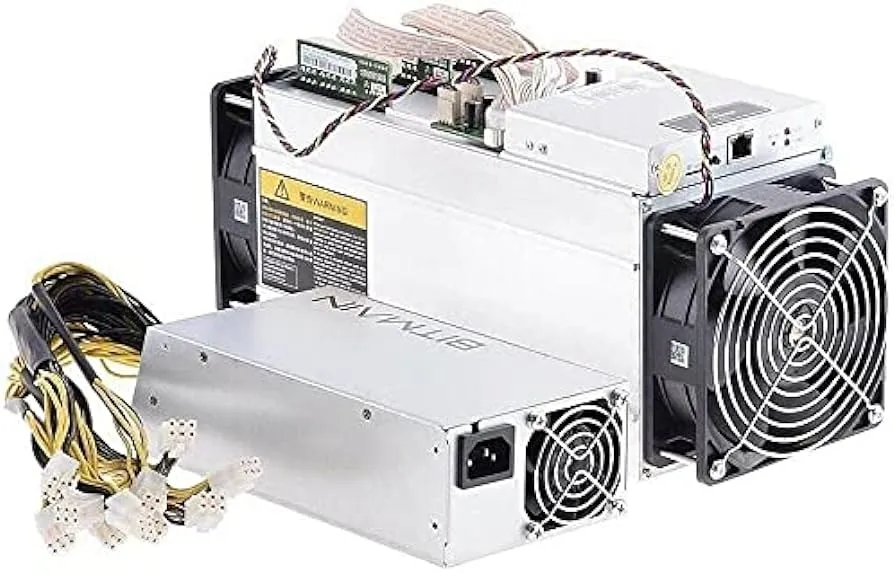
Bitmain Antminer S9 is the best miner in the world today with a Hash rate of 13.5 – 14 TH/s. This product is made in China and is becoming more and more popular. Advantage:
Simple disign;
Easy to use operation;
Quick start-up time;
Only 1,300W low power consumption;
High computing power;
Every day profit machine earns about 0.0009803 Bitcoin.
Pangolin Miner M3X with Hash Rate 12 – 13 TH/s, is considered one of the most powerful mining equipment on the market. While the S9 and others use 16nm ASIC chips, the M3X has almost 200 28nm chips, consuming about 1,800W to 2,000W of power. The advantages of the product can be mentioned as follows:
Chip design is larger than conventional product lines;
The price is affordable compared to those sold in the market.
Bitmain Antminer T9 with Hash Rate 11.5 – 12.5 TH/s. Although not as strong as other product lines, it has a longer warranty. This product is a popular choice with the following advantages:
High reliability;
Longer warranty than the Bitmain Antminer S9;
Ability to quickly calculate 11.5 – 12.5 TH.
There are also many other types of machines that can be referenced such as: Antminer R4, DragonMint T1, M3X, Antminer S19 Pro, WhatsMiner M30S+,…..
Bitcoin Mining Risks
No profit: Not every miner makes a profit. To make ends meet, a miner’s income must exceed the amount spent on electricity, purchasing, and maintaining mining rigs. In addition, as mining difficulty increases, large mining operations are forced to expand or upgrade their equipment to maintain a competitive edge.
Price volatility
Since its inception in 2009, the price of Bitcoin has been volatile and unpredictable. Miners cannot tell if their payout is greater than the high cost of mining because of this instability.
Regulations
Only a few governments accept cryptocurrencies like Bitcoin and many others are suspicious of them because they operate outside of government oversight. Governments can restrict Bitcoin or cryptocurrency mining entirely, just as China did in 2021, citing financial risks and increased speculative trading as justifications.
Mining equipment damage
To prevent parts of mining equipment from burning out due to overheating, proper ventilation is required. The full use of a miner’s power is dissipated as heat into the surroundings, and a single ASIC can be the most powerful device in your home or business.
That means when mining Bitcoin, you must carefully evaluate the limitations of your grid. Your home’s energy network is rated at a certain wattage, and each plug has its own rating. Excessive use of such limits may result in frequent power outages or short circuits.
To keep mining equipment in good working order, they must be serviced regularly to keep out dust and other external conditions. Although failures are not common, ASICs can fail sooner than expected if they are not properly maintained.
While individual ASICs can fail, the most serious threat to their profitability is the possibility of them becoming obsolete. Older devices will gradually be replaced by more efficient miners.
Carbon emissions
As of September 2021, Bitcoin mining has consumed 91 terawatt-hours of electricity annually, more than Finland’s market share. Currently, much of that electricity is generated from fossil fuels like coal and natural gas, making Bitcoin mining a significant contributor to global climate change.
Read more: How Bitcoin miners can survive a hostile market — and the 2024 halving
Conclusion.
In addition to investing in Bitcoin in the form of buying and selling Bitcoin to make a profit, Bitcoin mining is also a way that many people use. However, not everyone who digs bitcoin will also make a profit. This takes the same thought as starting a business. AZCoiner hopes that you found this article useful for you in your learning about Bitcoin mining.

